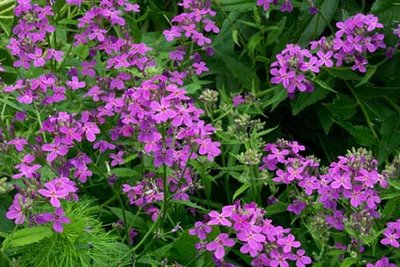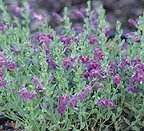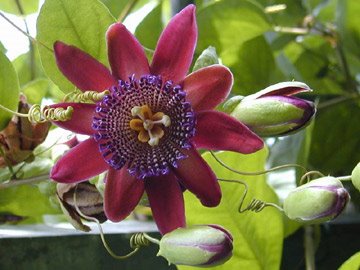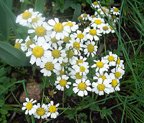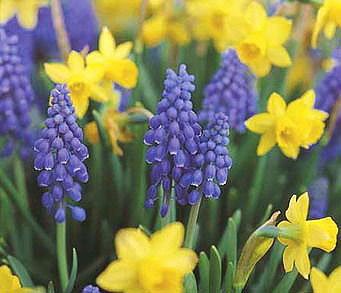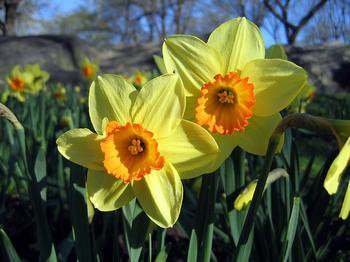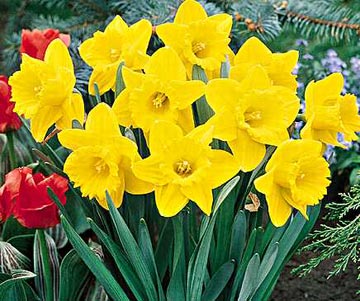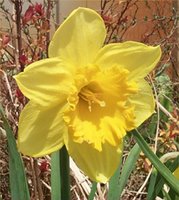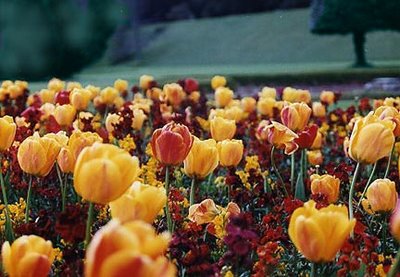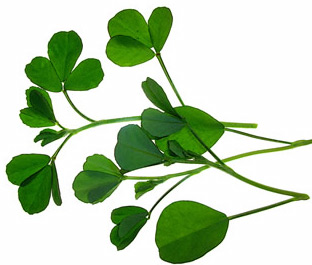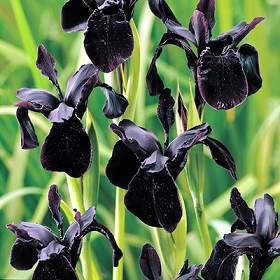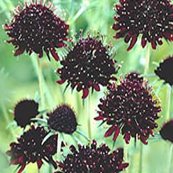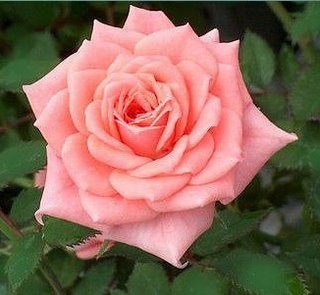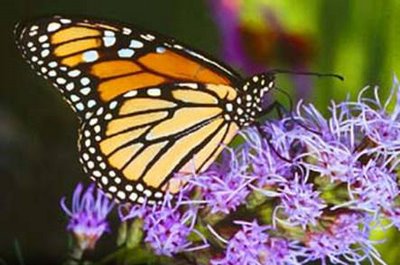
My Aunt Jan raises Monarch Butterflies. Not in a cage, or anything cruel. Basically, she seeds the wild areas of her land with Milkweed, providing the perfect habitat for little caterpillers.

Monarch Butterflies are easily the most recognized and beloved butterfly in the nation - so it might sadden you to know that these little darlings are being threatened.
A recent Discover Magazine article predicted they wouldn't be around much longer thanks to modern agriculture, industrial and residential land use destroying habitats along their migratory routes.
Every fall, millions of Monarchs from the western U.S. and Canada, migrate to the eucalyptus, monterey pine, and cypress groves of California. (Eastern state Monarchs migrate to Mexico.)
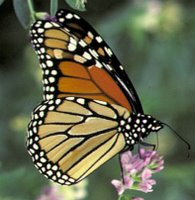
It's an epic journey for such a delicate little creature and this is where you come in.
In spring, they return, mating, breeding, and feeding all along the migratory route.
Because of their short lifespan,* butterflies that reach Canada are often a third generation removed from those that left California.
We can bring them back to plentiful numbers by growing milkweed - a plant critical to the lifecycle of the Monarchs.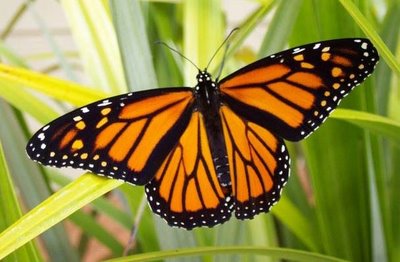
Female monarchs can only lay their eggs on milkweed plants. If there is no milkweed, the gals cannot reproduce. Do them a favor and grow at least one milkweed plant in your yard.
Here are 3 good ones to try:
Common Milkweed - (A. syriaca) grows 5 feet tall, with fragrant lavender flowers. Spreads rapidly by rhizomes, so it requires a bit of work to keep it in check.
Butterfly Milkweed - (A. tuberosa) is an Eastern and Southwestern native. Grows to 3 feet with showy orange, red, or yellow flowers. Prefers dry soil.
 Showy Milkweed
Showy Milkweed - (A. speciosa) is a tamer, western native. Grows to 4 feet with light pink flowers. Tolerates dry soil.
Do a little shopping at
The Milkweed Cafe. Monarchs everywhere will thank you.
Grow a
butterfly garden.
* The typical life span for a summer adult is 3-5 weeks. A migrating monarch, from the last generation in summer, can live to the ripe old age of eight months.
I, for one, would hate to see the summer when these beautiful creatures no longer grace our gardens. Let's all pitch in to save the Monarchs.
 How to deal with grief? That question has been on my mind quite often, lately. For one, because flowers are the way in which people often express they're sorry.
How to deal with grief? That question has been on my mind quite often, lately. For one, because flowers are the way in which people often express they're sorry. Barnsley is a flowering powerhouse, standing 3 feet high at maturity, crowded with white petals surrounding a bright, rosy center. Heat-tolerant, drought-tolerant and a lover of poor soil, these free-flowering beauties proudly border the garden entrance. A miniature version of her beloved hollyhocks.
Barnsley is a flowering powerhouse, standing 3 feet high at maturity, crowded with white petals surrounding a bright, rosy center. Heat-tolerant, drought-tolerant and a lover of poor soil, these free-flowering beauties proudly border the garden entrance. A miniature version of her beloved hollyhocks.



